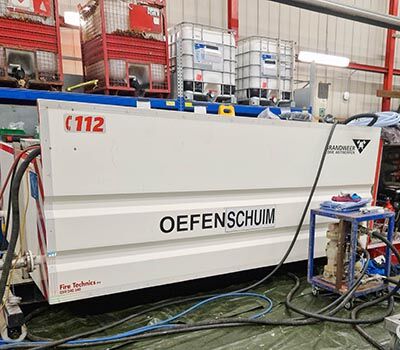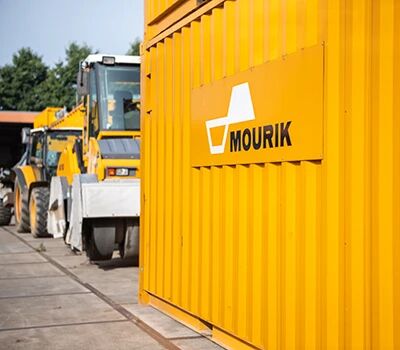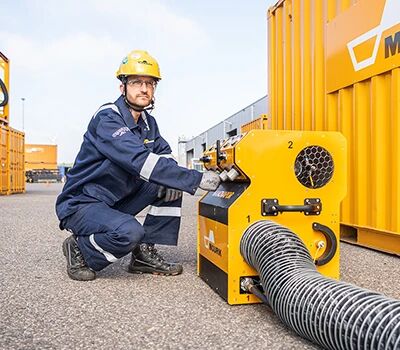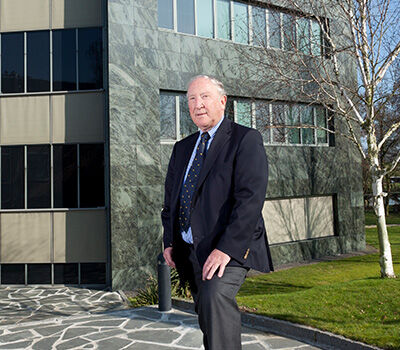
Since January 1, 2023, the rules for PFAS in firefighting foams have been tightened. Therefore, many users are switching to PFAS-free fire extinguishing foam. To make this switch possible, current installations must be emptied and thoroughly cleaned. The Fire Brigade Antwerp zone also had a foam container that needed cleaning. Our cleaning colleagues took on this challenge.
It soon became apparent that cleaning this container was no easy task. The container had been emptied two years ago. But at the bottom, our colleagues found remnants of a yellow, sticky mass. Unfortunately, this mass was no longer pumpable and thus had to be removed manually.
In the first stage the entire container was thoroughly cleaned with high-pressure water after removing the residue. Colloidal activated carbon was then used to further clean the container. This patented liquid contains microscopic particles of activated carbon with very strong adsorption power. As a result, the PFAS particles are easily absorbed.
The system can pump and spray the liquid effortlessly, reaching all surfaces. Circulating the hard particles of activated carbon additionally provides a slight abrasive effect on the surface of the tanks, also helping to remove any remaining PFAS contaminants. Finally, the activated carbon is flushed out of the system with the adsorbed PFAS. Because the formula is concentrated, less rinse water is required. This results in less waste and makes cleaning fast, cost-effective and more sustainable.
Several samples were collected after the execution and sent to the laboratory. The results that came back from the laboratory were better than expected and were among the best the analytical company has ever seen! Fire Department Antwerp Zone can now extinguish with PFAS-free foam, thanks to the successful intensive cleaning.
Our cleaning colleagues demonstrated once again that they can handle even the most complex cleaning tasks.









